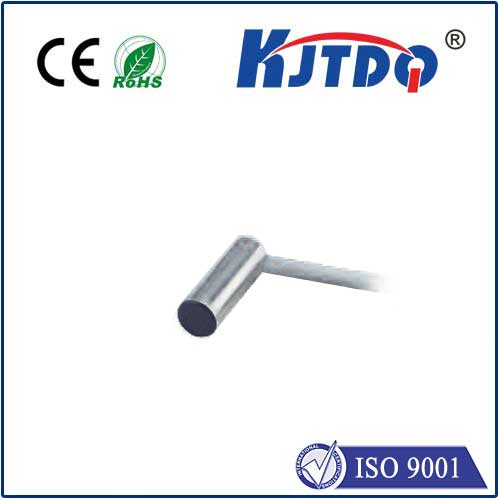In the realm of modern technology, proximity sensors have become indispensable tools, seamlessly integrating into various industries to enhance efficiency, safety, and automation. This article delves into the core technology behind proximity sensors, their unique benefits, widespread applications, and the promising future they hold.
Proximity sensors are electronic devices designed to detect the presence or absence of objects without making physical contact with them. They work based on a variety of principles including electromagnetic fields, infrared radiation, ultrasonic sound waves, and capacitive sensing. Each type of proximity sensor has its own mechanism, but they all share the common goal of accurately measuring distances and detecting objects within a specific range. For instance, an inductive proximity sensor uses an alternating magnetic field to detect metal targets, while a photoelectric sensor emits and receives light beams to identify the presence of an object.

One of the most significant advantages of proximity sensors is their non-contact nature, which eliminates mechanical wear and tear typically associated with tactile switches. This durability extends the lifespan of the sensors and reduces maintenance requirements. Moreover, proximity sensors offer high accuracy and reliability, making them suitable for precision applications. They also provide rapid response times, which is crucial in fast-paced industrial environments where time is of the essence. Additionally, these sensors are versatile and can be integrated into various systems, enhancing automation and operational efficiency.
Proximity sensors find utility across a broad spectrum of industries due to their versatility. In the manufacturing sector, they play a vital role in automating assembly lines by controlling machinery and conveyor belts. In automotive engineering, they are used for tasks ranging from parking assistance to advanced driver-assistance systems (ADAS). Healthcare facilities utilize proximity sensors for patient monitoring and automated dispensing systems. Furthermore, in security systems, these sensors contribute to access control and surveillance mechanisms by detecting unauthorized entries.
As Industry 4.0 continues to revolutionize manufacturing processes with concepts like smart factories and the Internet of Things (IoT), the demand for proximity sensors is expected to surge. These sensors are integral to creating interconnected systems that can communicate and respond in real-time, enhancing productivity and safety. With advancements in artificial intelligence and machine learning, proximity sensors are poised to become even more intelligent, adaptable, and efficient. Their integration with big data analytics will enable predictive maintenance, reducing downtime and optimizing overall performance.
In conclusion, proximity sensors represent a cornerstone of modern technological advancements with their myriad applications and inherent benefits. As industries increasingly lean towards automation and smart technologies, the role of proximity sensors is set to expand significantly. Embracing this transformative technology not only promises enhanced operational capabilities but also heralds a future where efficiency and innovation go hand in hand.